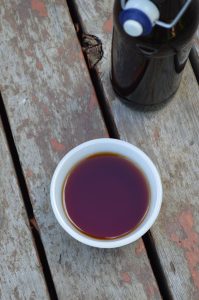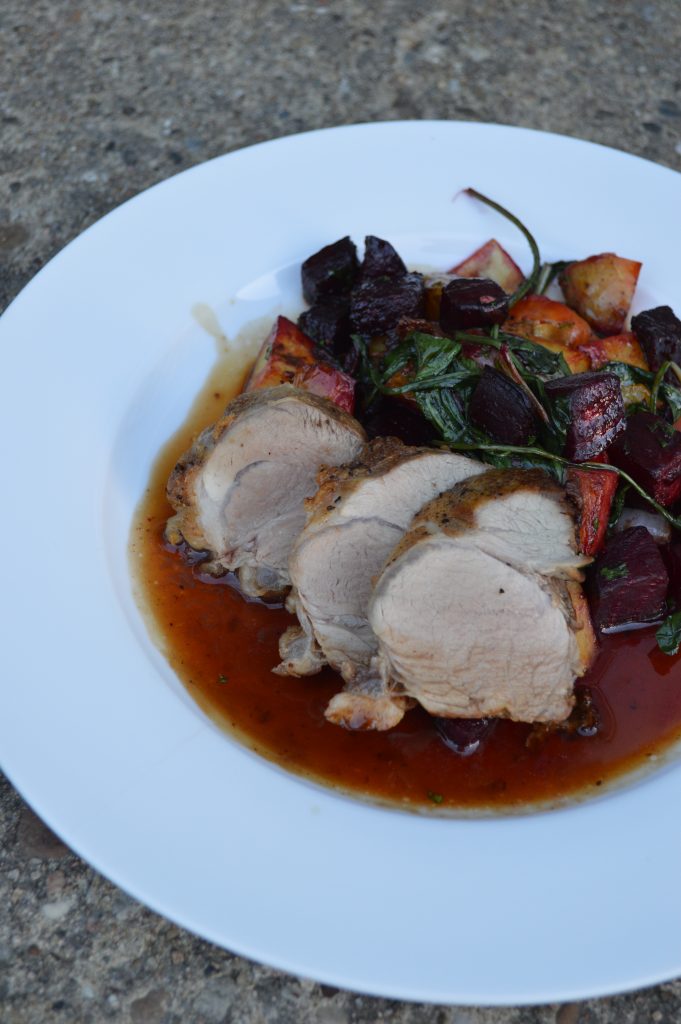 When you have hundreds of pounds of something you start thinking deeply on how you can preserve and consume the bounty. This time of year apples are the subject of those deep thoughts. Of course cider is the supreme way to preserve and consume apples, but I’ve been experimenting with some other techniques that involve cooking and reducing the fresh apple juice.
When you have hundreds of pounds of something you start thinking deeply on how you can preserve and consume the bounty. This time of year apples are the subject of those deep thoughts. Of course cider is the supreme way to preserve and consume apples, but I’ve been experimenting with some other techniques that involve cooking and reducing the fresh apple juice.
I got the idea from the cuisine of Modena. Obviously they have an abundance of grapes, and obviously the majority of those grapes end up as wine or liquor, but they also have a few preparations made by cooking and reducing fresh grape juice. The most famous is traditional balsamic vinegar, but there is also a little-known preparation called saba. It is a simple grape must reduction, once commonly used as a sweetener.
Above, at left, is an apple must reduction. It started as 16 L of fresh apple juice, pressed from Edmonton apples. Before fermentation could start I brought the juice to a simmer using my turkey-fryer. I maintained the gentle boil for about 12 hours, after which I had less than 4 L of liquid remaining.
The must is a beautiful, dark red-brown colour, like dried dates. It is tart, and somewhat sweet, maybe a touch sweeter than grape juice. It is slightly syrupy on the tongue, and it has a remarkably concentrated aroma that reminds me of dried fruit like prunes.
So what do you do with this stuff? If you whisk it with a touch of vinegar or mustard and shallot it makes a great dressing. Diluted with a bit of cold water it also makes a delicious drink. But I think its supreme use is in making reduction sauces for meat and vegetables. To make the dish pictured below I pan-roasted pork tenderloin, then deglazed the pan with apple must, reducing it to make a sweet-and-sour sauce that also played well with the roasted root vegetables.
As a side note, I’ve also used this apple must to make a superlative vinegar. You may have even tasted some of this vinegar if you’ve eaten at RGE RD; they’ve purchased a few bottles from me over the past year or so.
I don’t see myself making gallons and gallons of apple must reduction every year, as it is extremely energy intensive, but it’s one more interesting way that apples could feature in our regional cuisine.
